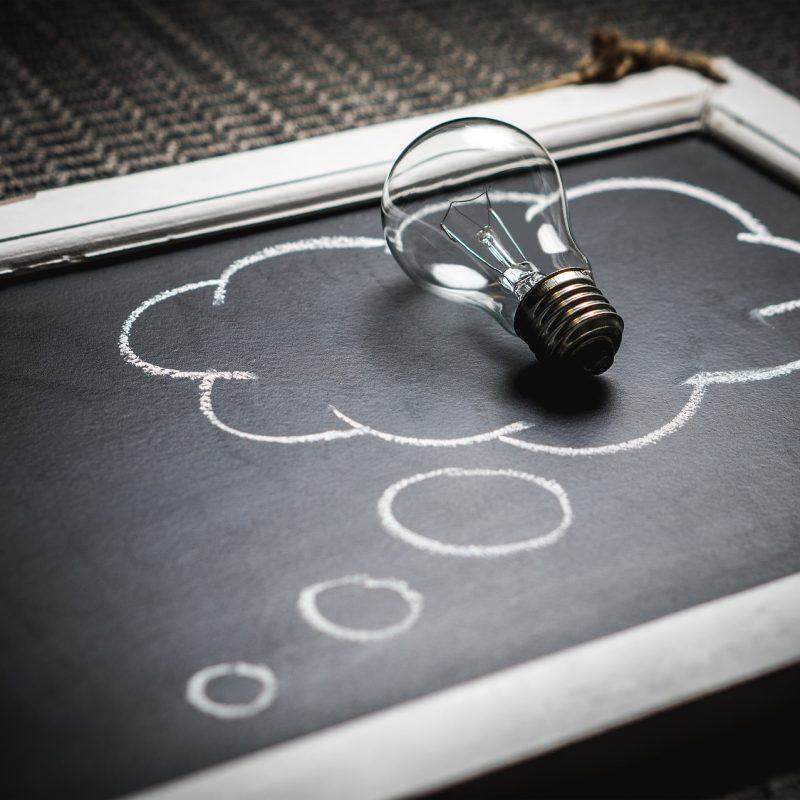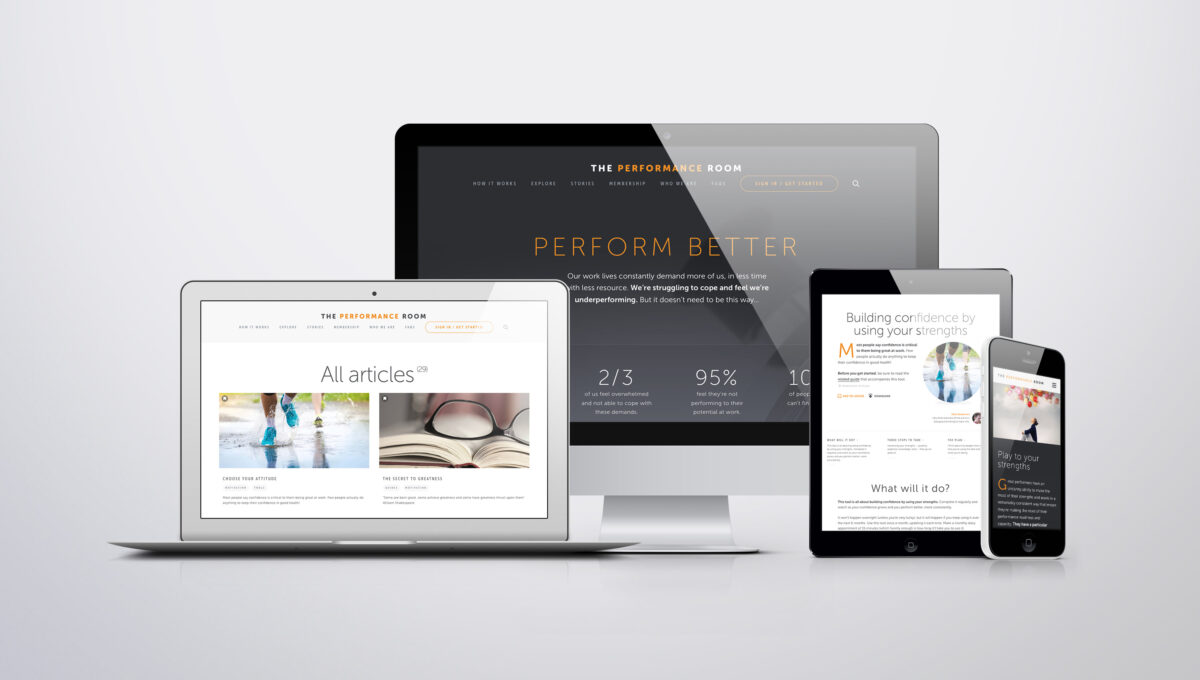Building resilience – body first, brain second

Most people think of resilience as a mental quality. We think of resilience as a skill.
It’s a skill that’s so much easier to practise when you’ve got your physical foundations right.
What will it do?
This tool will enable you to assess how well you’re managing your energy, for the challenges you face today and for those you see ahead.
Use the tool as often as you like, to help you check that you’re creating consistently high levels of energy. Once you’ve used the tool a few times, the questions it asks will start to prompt some high performance habits.
Three steps to take
Get focused on the things that will make the most impact for you
1. Tune in
Understand how your level of physical energy affects your mental readiness and resilience. Choose one of the statements below that’s most true for you.
My physical energy:
- Makes no difference to my ability to think and be resilient.
(if this is true you can stop reading and present yourself to science as unique) - Impacts my ability to think well or think consistently.
It prevents me applying what I know about being resilient with 100% effectiveness. - Makes a huge difference to my ability to think.
When I’m tired or run down being resilient is so much tougher for me.
2. The impact on your energy levels
Now you’re aware that the physical side of things impacts on your ability to think and perform.
In the table below, there are some physical energy foundations. For each, rate according to how much impact it has on your energy levels and therefore how important it is for you to get this right.
Note what happens when it’s not in good shape.
| Physical energy factor | Importance (0-10) | When it’s low, what’s the consequence on your thinking and resilience? |
| Sleep (most adults need 7 ½ to 8 hours per night. Chances are you’re one of them) | ||
| Nutrition (simply eating and drinking healthily. Probably common sense things you already know!) | ||
| Activity and exercise (to help your body actively recover. Whatever works for you) | ||
| Recharging (socially with others? Individual activities? What things help you re-energise?) |
3. Invest in your physical energy
Now choose 3 simple things that you’re going to do to invest in your physical energy to ensure you’re resilient.
For each, be quite specific with your action, say when you’ll be doing it and when you might most need to do it (e.g. if you know you’ve got a demanding period coming up).
| What I’ll do (get specific here) | When – start, consistency | When I’ll really need to do this (demanding period or event coming up) |
Your plan
This is about getting going. The basics you need to have in your plan are set out below. As well as these we’d encourage you to:
- Think about the people who need to know that you’re using this tool and tell them what you’re doing. That way they can support you, help you reflect and won’t think you’re just being weird.
- Think about the impact you want from using this tool. Depending on your starting point, how hard you work and how ambitious you are, you might not get that impact straight away. So valuing progress rather than perfection will help build your confidence and keep you going.
Plan basics
- What are you going to do? (This bit is easy – it’s the 3 things listed above. No 3 is particularly helpful here)
My actions:
- When are you going to do these things? (You don’t have to be great to get going, but you better get going if you want to be great)
My start date:
- How often will you be doing them? (Getting great has a lot to do with making things a habit)
Check-in frequency and dates:
Get serious
The difference between having a plan and making it work is about action. So get this in your diary now. Tell the people who need to know so that they can support you and won’t just think you’re being weird. Do it now.
Remember, it’s progress not perfection. You’re looking for gradual improvement, not for Rome to be built in a day.

